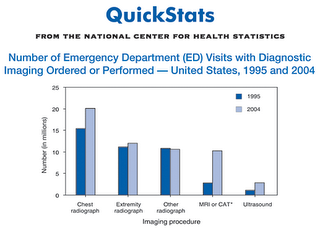EMTALA - "Parking" of Emergency Medical Service Patients in Hospitals
Excerpted from a July 13, 2006 CMS Memo to State Survey Directors
The Centers for Medicare & Medicaid Services (CMS) has learned that several hospitals routinely prevent Emergency Medical Service (EMS) staff from transferring patients from their ambulance stretchers to a hospital bed or gurney. Reports include patients being left on an EMS stretcher (with EMS staff in attendance) for extended periods of time. Many of the hospital staff engaged in such practice believe that unless the hospital “takes responsibility” for the patient, the hospital is not obligated to provide care or accommodate the patient. Therefore, they will refuse EMS requests to transfer the patient to hospital units.
This practice may result in a violation of the Emergency Medical Treatment and Labor Act (EMTALA) and raises serious concerns for patient care and the provision of emergency services in a community. Additionally, this practice may also result in a violation of 42 CFR 482.55, the Conditions of Participation for Hospitals for Emergency Services, which requires that a hospital meet the emergency needs of patients in accordance with acceptable standards of practice.
A hospital has an EMTALA obligation as soon as a patient "presents" at a hospital's dedicated emergency department, or on hospital property (as defined at 42 CFR 489.24(b)) other than the dedicated emergency department, and a request is made on the individual’s behalf for examination or treatment of an emergency medical condition. A patient who arrives via EMS meets this requirement when EMS personnel request treatment from hospital staff. Therefore, the hospital must provide a screening examination to determine if an emergency medical condition exists and, if so, provide stabilizing treatment to resolve the patient’s emergency medical condition. Once a patient presents to the dedicated emergency department of the hospital, whether by EMS or otherwise, the hospital has an obligation to see the patient, as determined by the hospital under the circumstances and in accordance with acceptable standards of care.



